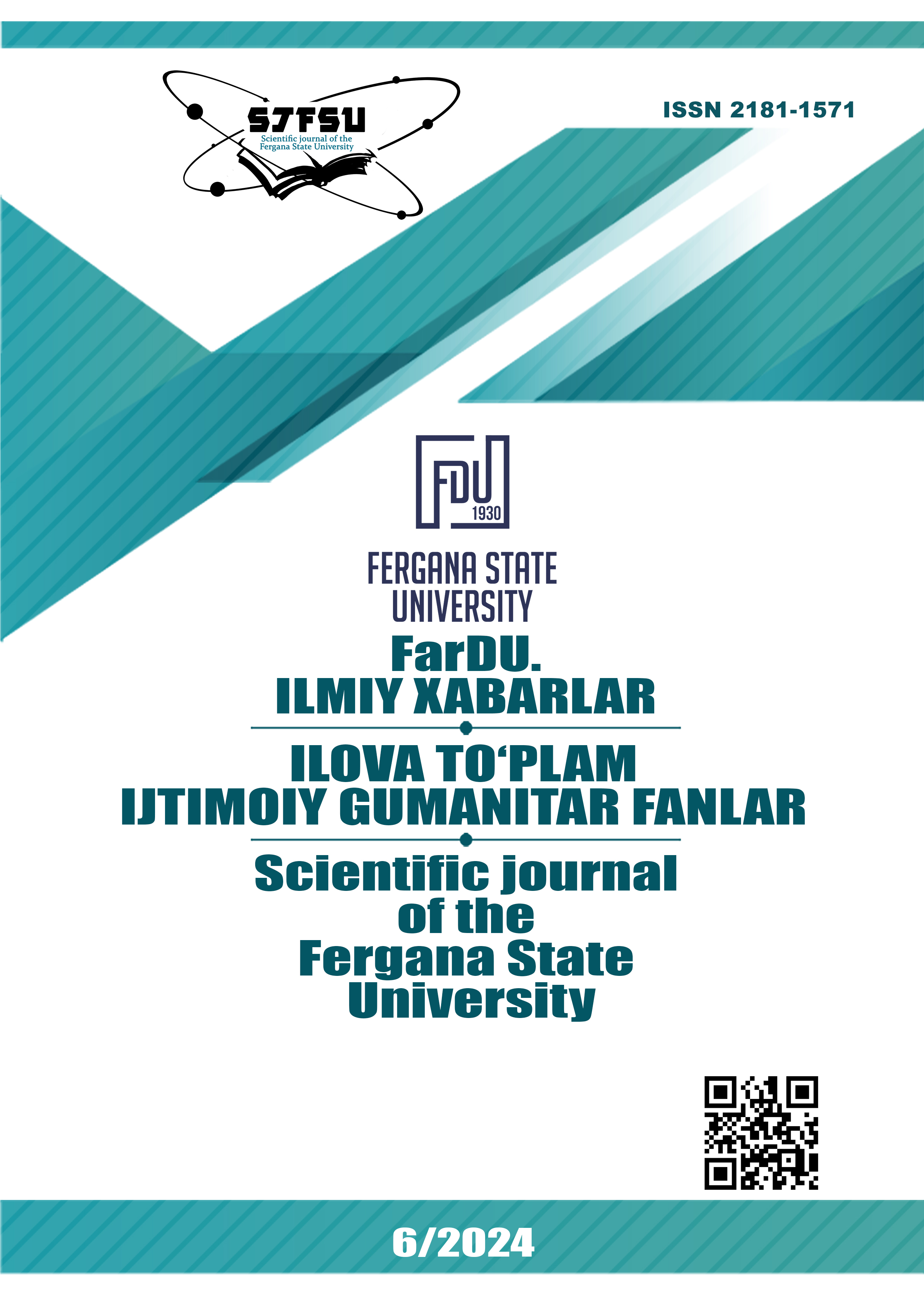METHODOLOGY AND OUTCOMES OF ENGLISH LANGUAGE TEACHING
Keywords:
English Language Teaching (ELT), Pedagogical Approaches, Communicative Language Teaching (CLT), Grammar-Translation Method, Task-Based Learning, Technology-Integrated Language Learning, Learner Outcomes, Language Proficiency, Teacher Training, Learning Styles, Motivation, Contextual Factors.Abstract
This paper examines the methodologies employed in English language teaching (ELT) and their impact on learner outcomes. It explores various pedagogical approaches, including communicative language teaching (CLT), grammar-translation, task-based learning, and technology-integrated methods, analyzing their effectiveness in developing different aspects of language proficiency (reading, writing, listening, and speaking). The study considers the influence of learner characteristics (e.g., learning styles, motivation, prior language experience) and contextual factors (e.g., teacher training, resource availability) on the success of different ELT methodologies. By reviewing existing research and identifying best practices, the paper aims to provide insights for educators and policymakers seeking to optimize ELT methodologies to achieve improved learner outcomes and enhance overall language proficiency.
References
Brown,P., &Levinson, S. C. (1987). Politeness: Some universals in language usage. Cambridge University Press.
Ide, S. (1989). Formal forms and discernment: Two neglected aspects of linguistic politeness. Multilingua, 8 (2/3), 223–248.
Lakoff, R. (1973). The logic of politeness: Minding your p's and q's. Chicago Linguistics Society, 9, 292–305.
Matsumoto, Y. (1988). Reexamination of the universality of face: Politeness phenomena in Japanese. Journal of Pragmatics, 12(4), 403–426.
Wierzbicka, A. (1991). Cross-cultural pragmatics: The semantics of human
interaction. Mouton de Gruyter
Downloads
Published
Issue
Section
License
Copyright (c) 2025 Scientific journal of the Fergana State University

This work is licensed under a Creative Commons Attribution-NonCommercial-NoDerivatives 4.0 International License.
Most read articles by the same author(s)
- Ergasheva Nigora Kurbanovna, DEVELOPMENT AND USE OF FOREIGN LANGUAGES , Scientific journal of the Fergana State University: No. 1 (2024): Scientific journal of the Fergana State University (Social humanities sciences)
- Ergasheva Nigora Kurbanovna, GOALS AND OBJECTIVES OF THE TRAINING PRACTICE , Scientific journal of the Fergana State University: No. 3 (2024): Scientific journal of the Fergana State University. Application set (Social humanities sciences)
- Ergasheva Nigora Kurbanovna, DYNAMIC INTERACTION OF FOREIGN LANGUAGES: FACTORS OF DEVELOPMENT IN A GLOBAL CONTEXT , Scientific journal of the Fergana State University: No. 2 (2024): Scientific journal of the Fergana State University (Social humanities sciences)

